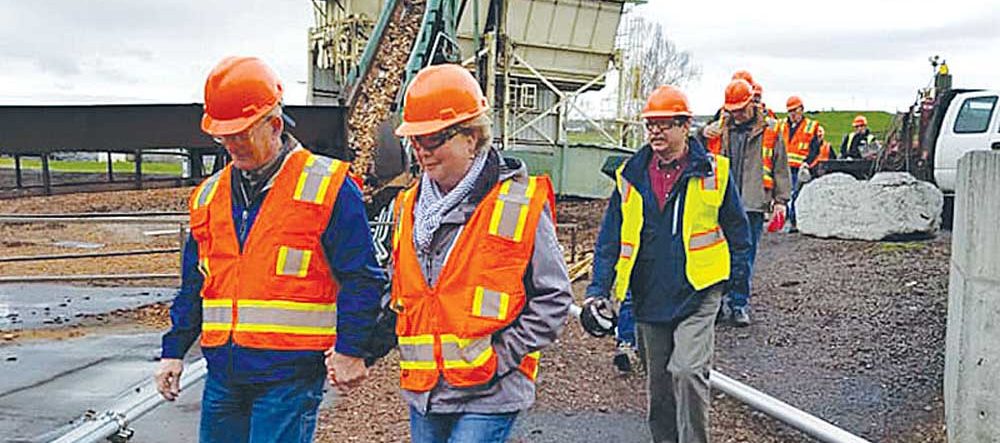Audit helps state identify weaknesses in new public assistance eligibility system
Published 5:15 pm Wednesday, October 23, 2019
SALEM — A new system aimed at streamlining the way Oregonians apply for public benefits will need some retooling before it’s implemented next year to be used by about a million Oregonians, a state audit found.
The audit released Wednesday by the state Audits Division exposed a few areas where the state Department of Human Services will need to tweak the system to improve data security and cut down potentially long wait times between applying for and receiving benefits.
The new system is expected to debut in 2020, combining four into one where the public can sign up and sort out eligibility for benefits such as Medicaid, food stamps and child care. The new approach is expected to reduce the time Oregonians spend applying and waiting for assistance and cutting down on manual work by state employees.
According to Tony Black, DHS project director, the “in-flight project audit” helped his team identify key areas where the new computer system will need to be strengthened, particularly with how data is converted from the older systems.
“We learned some things from the auditors that we’re already acting on,” Black said. “We agreed with the auditors and their findings and are taking action. We’re confident that when we go live in April the system will be as good as it can be at that point.”
State auditors found that while DHS’ project team has generally done a good job of following industry standards for integrating massive amounts of client information from four different assistance programs — Medicaid, Supplemental Nutrition Assistance Program, Temporary Assistance for Needy Families and the Employment-Related Day Care program — into one, there are still security risks.
Auditors also suggest that DHS might not have enough staff to complete the added task of cleaning up data converted from the old systems, which could lead to long wait times and headaches for case workers.
The effort to fold four programs into one process began in 2015 at the direction of the Oregon Legislature. The project is expected to cost around $510 million with more than 150 state employees and 300 contractors working on it. Once implemented, the project will impact the day-to-day operations of approximately 4,600 case workers in 100 Human Services Department offices across the state.
According to the audit, public assistance programs made up 46% of all the state’s expenditures in 2018, representing $13 billion.
Jackson and Josephine counties will be the first to use the new system, now scheduled for next April.
“We’re in testing right now and the system is looking pretty good. We’ve had it down in the pilot counties for demonstration and office simulation. That’s gone well, and our workers are getting really excited about seeing it deployed,” Black said.









